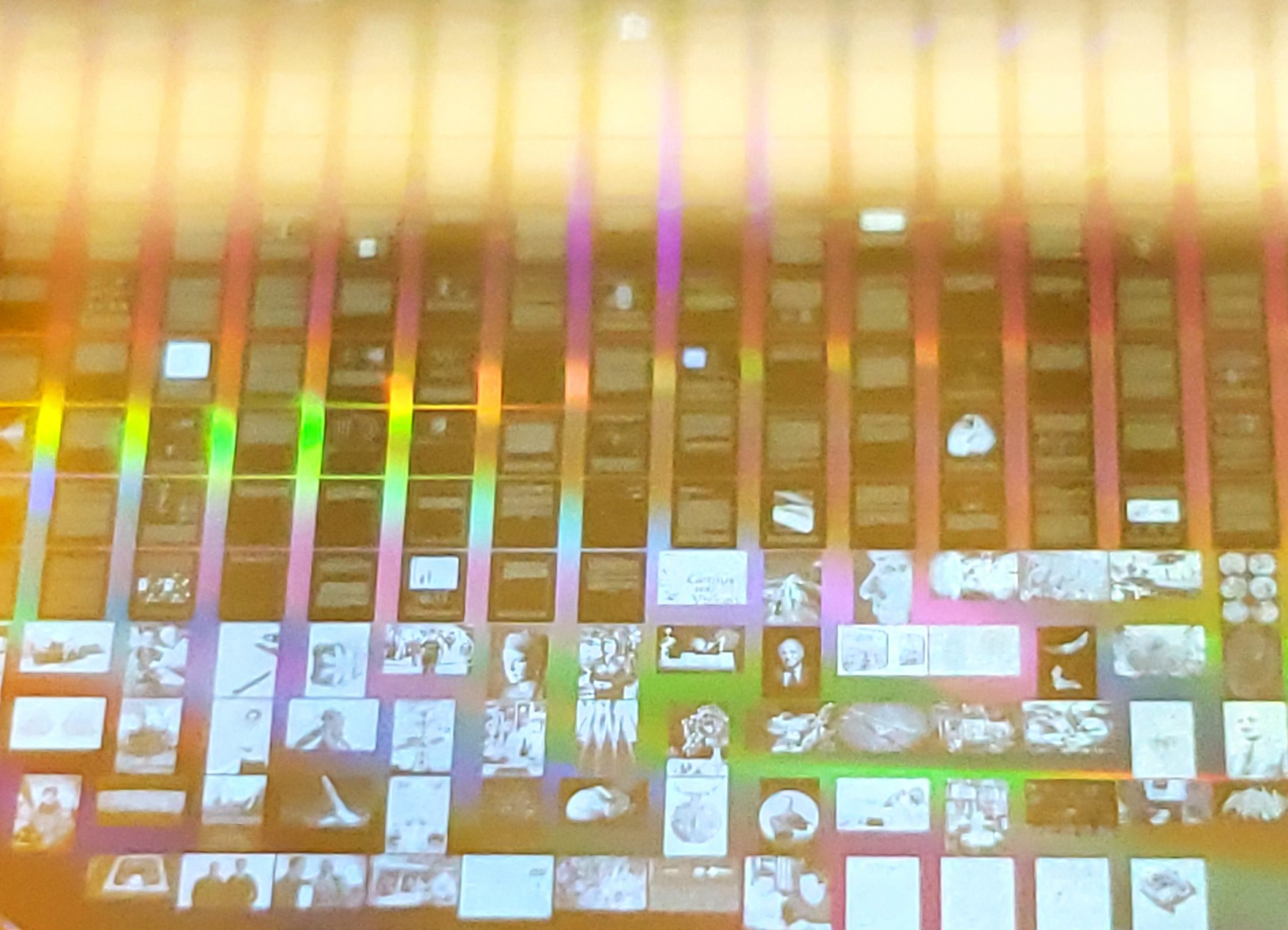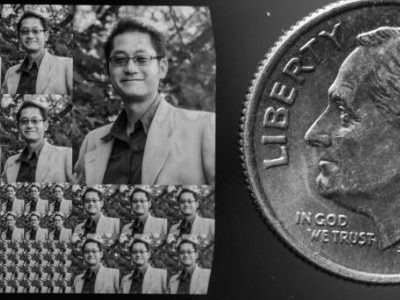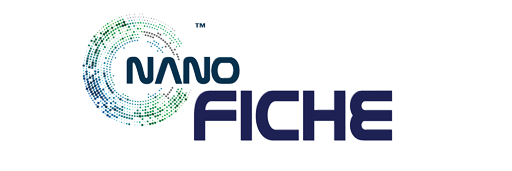HISTORIC FIRST LIBRARY ON THE MOON
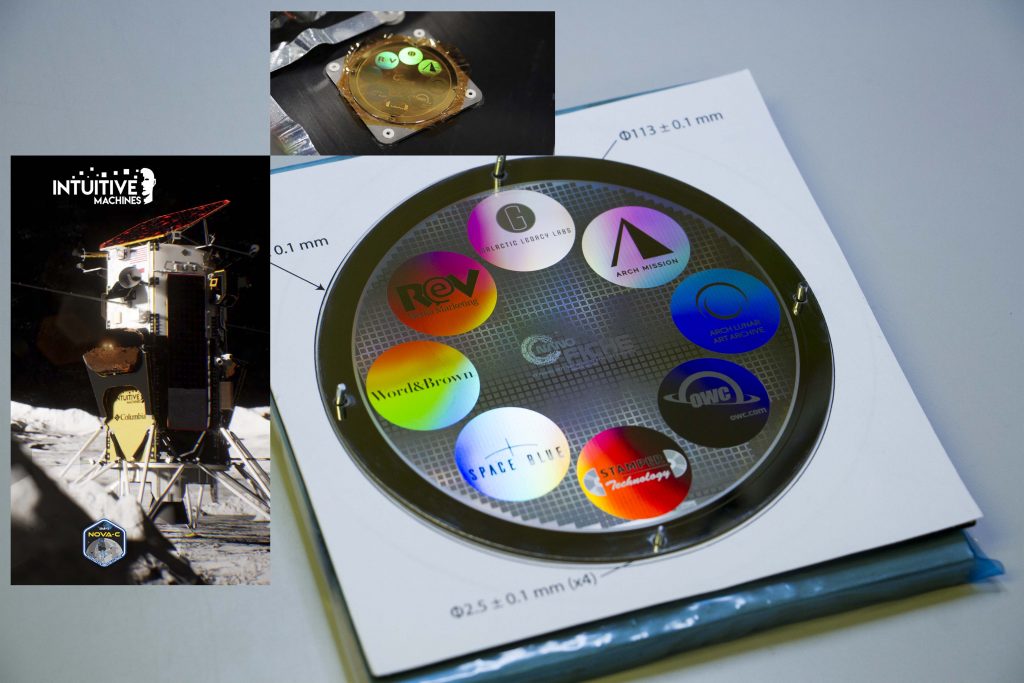
NanoFiche
NanoFiche is a superior space-age archival storage and analog technology with extremely high storage capacity. It is made from nickel and gold and is highly resilient to extreme temperature of up to 2,651°F (1,455°C). Tested by the Los Alamos lab, it has a zero degradation factor and the information will last the life of the metal. For some organizations, NanoFiche is the archival of choice for a “million year archive”, for its potential to last for billions of years in space.
NanoFiche is covered by five patents and has been used by organizations such as NanoRosetta for humanity’s archive, Argentina for a time capsule, the Long Now Foundation for the Rosetta project to store a language codec to decipher all known languages, The Arch Mission to put a 30 million page library on the moon, and Buddhist organizations to archive ancient text used by the Buddha.
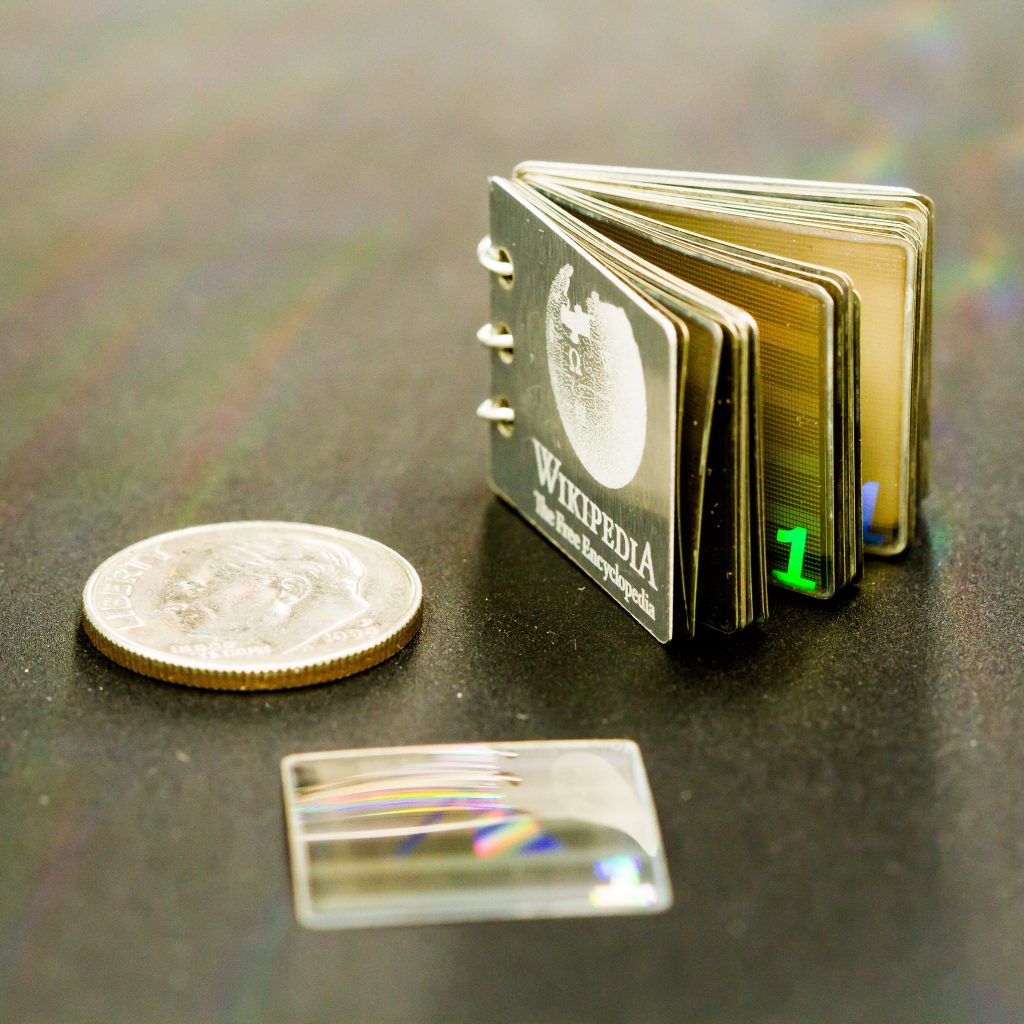
We invented a permanent storage solution
So data migration will never be needed
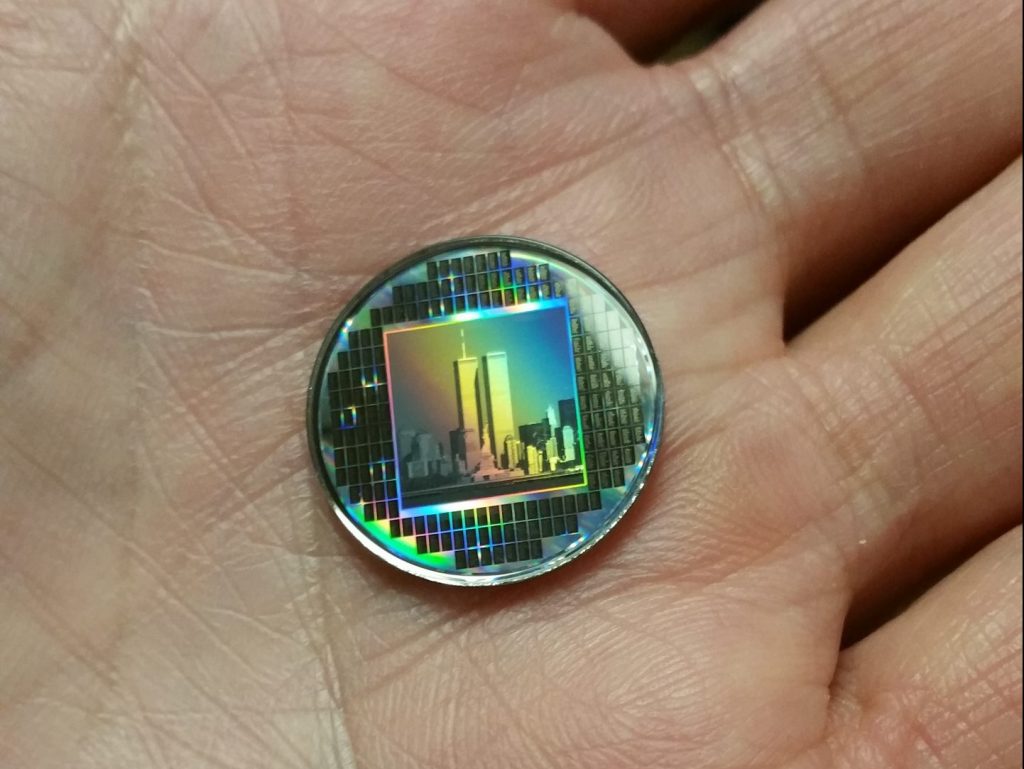
2,750 names of lives lost on 9/11
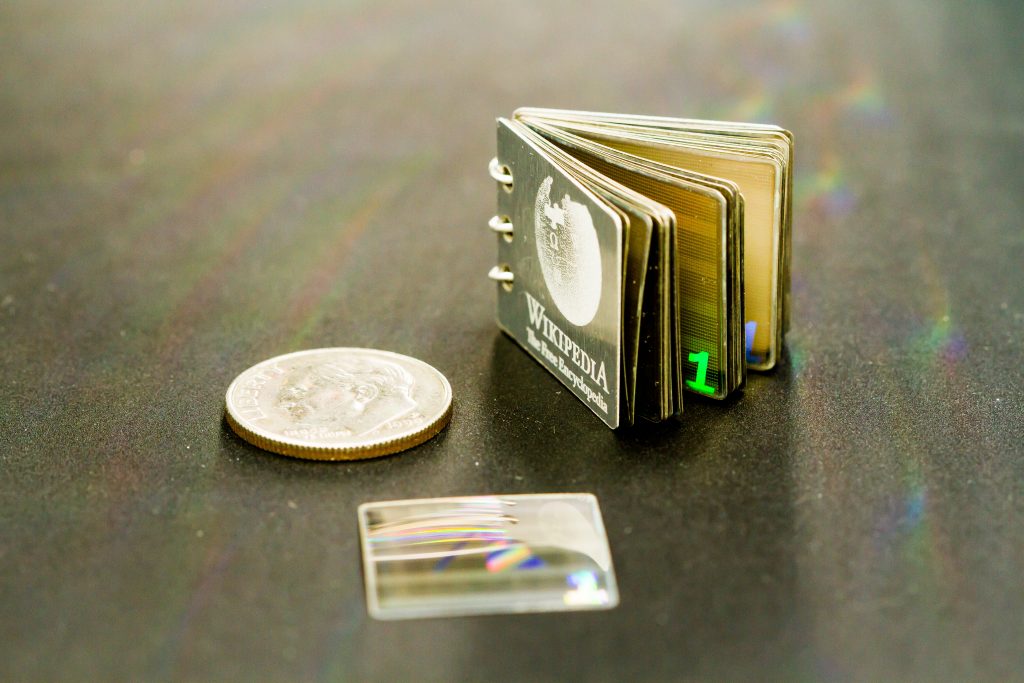
Wikipedia printed on a nickel book with each leaflet holding 8,000 pages
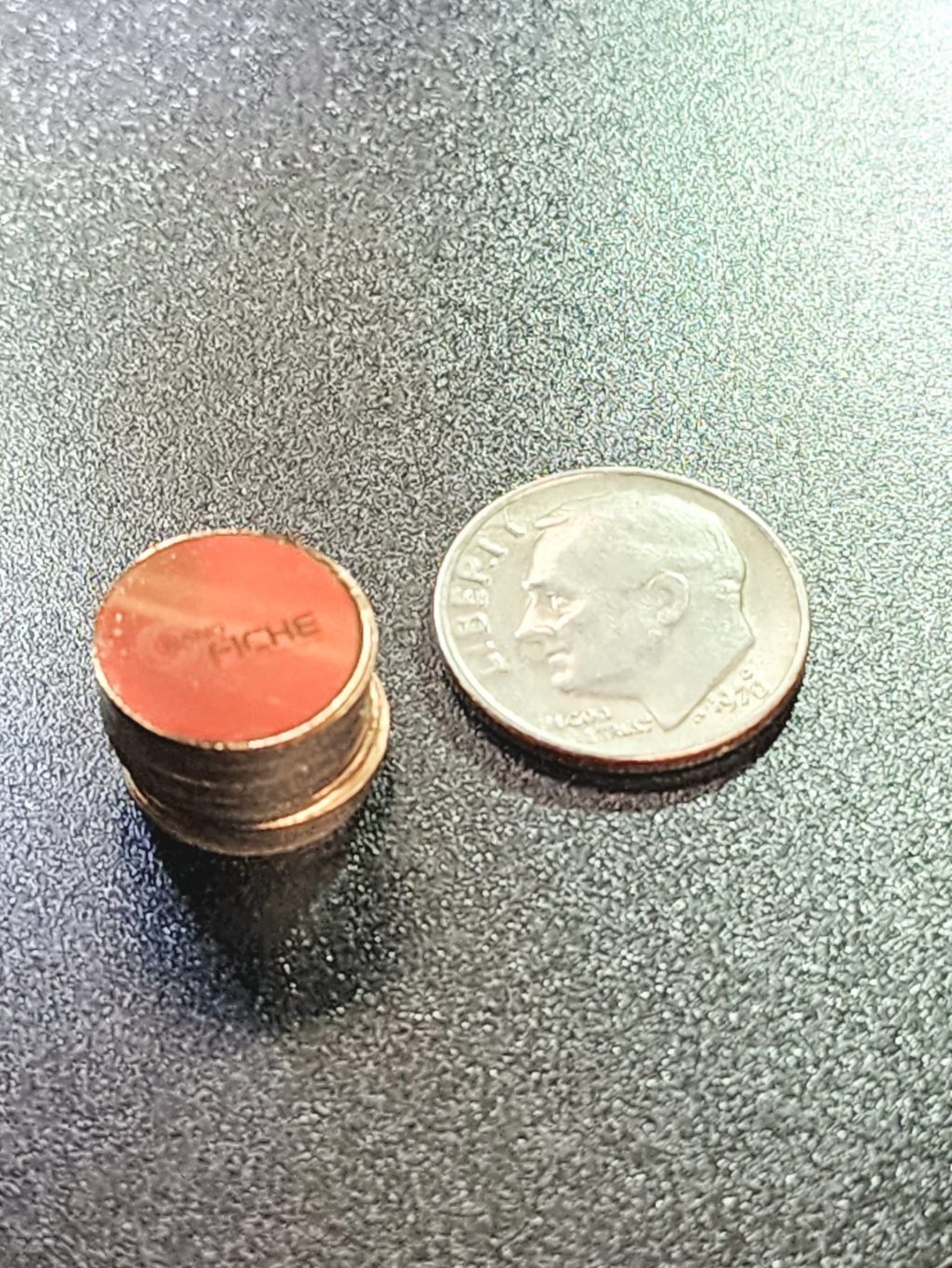
Equivalent of 150 books stacked 2 stories high
NanoFiche technology writes at a resolution of 300,000 dots per inch (dpi) as a binary of metal vs missing metal. The system engraves at a speed of 1,000 pages a minute. The process excels at creating analog hard copies into metal for a permanent record. Although the engraving is black and white, a color separation can be process to create color channels which are recorded to preserve the exact original color. Currently the predominant storage is of documents and photos, digital information is also stored when converted to a hexadecimal or high density QR like code.
This is a permanent, high density, and fast replacement for aging technologies like microfilm which will last typically a generation. NanoFiche, made of nickel and gold, is inert to last for the life of the metal. Left alone it has an expected age of millions of years.
The entire Wikipedia Encyclopedia can be printed on nickel in less than a month and stored in a bank box. Unlike high density microfilm, eye readable images are recorded on a nickel disc, readable with a microscope and indexed through a mapped matrix.
Because of the high density recording, a bank box that typically can hold 2,000 letter sized pages, can hold an astonishing 350,000,000 equivalent pages. A 1/4 inch stack of 12mm NanoFiche can hold an equivalency of books stacking over 2 stories high. The same stack at 28mm holds up to 600 books.
For very long time cold storage, the best systems are analog. This has several advantages. One it is very easy to decode. Even if the information is in a different language, a decoder key such as the Rosetta key made by the Long Now Foundation can be used to retrieve information.
Current information storage system, either analog or digital, require migration when new technology becomes available. Microfiche is a film that stores analog information by an optical reduction process. The film is volatile and warps with temperature and easily burnt up with a match. Digital storage mediums are also susceptible to temp and humidity variations. Expensive HVAC systems are needed to maintain all existing storage systems. NanoFiche changes that paradigm and can easily be stored in a warehouse and survive a fire with no need for any energy consumption for maintenance. As a resilient analog format it does not require new technologies to migrate to.
Preserve Your Most Precious Content
Contact us to discuss how we can solve your migration issue and keep your archives permanently stored in solid metal forever.
Applications
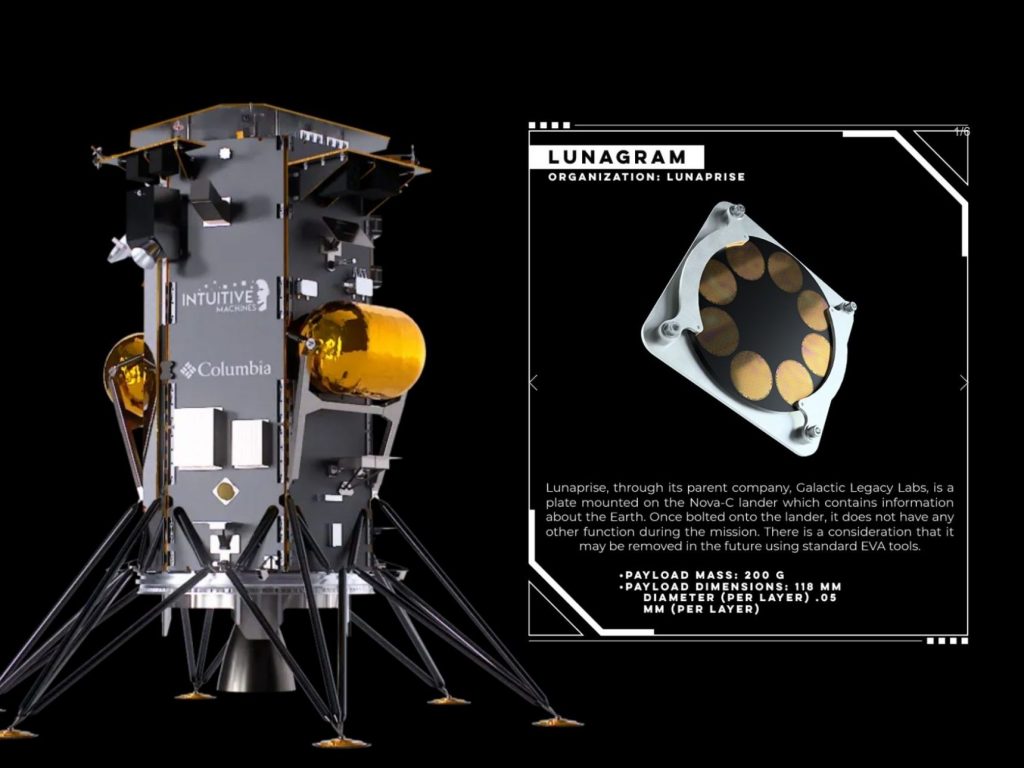
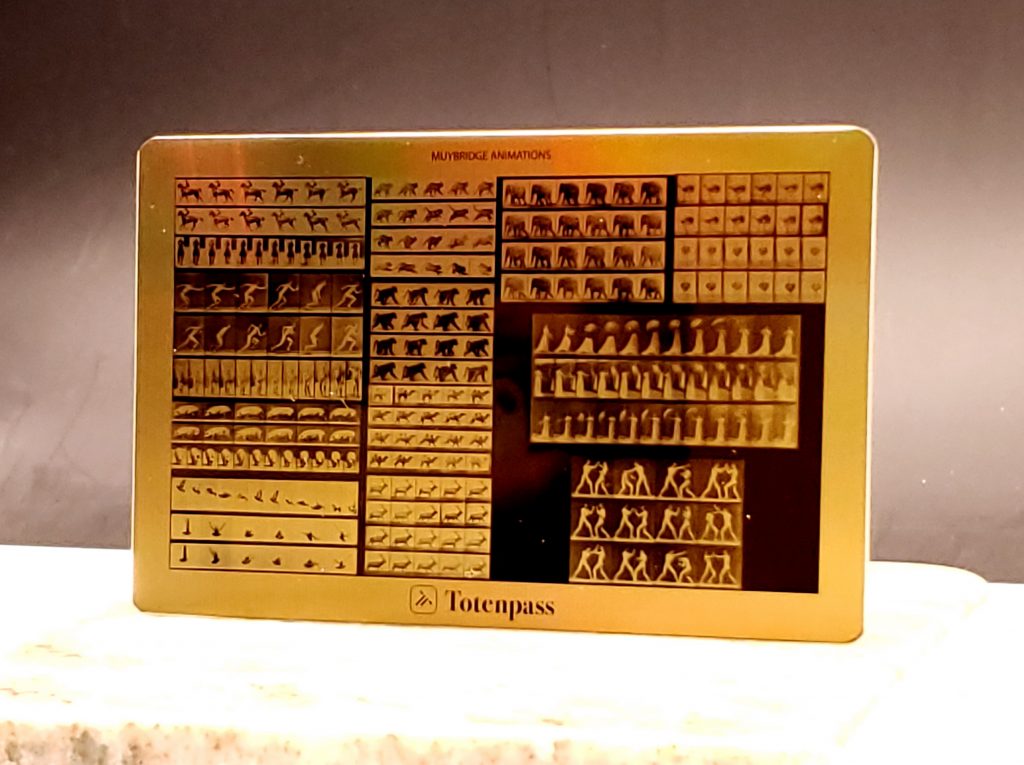
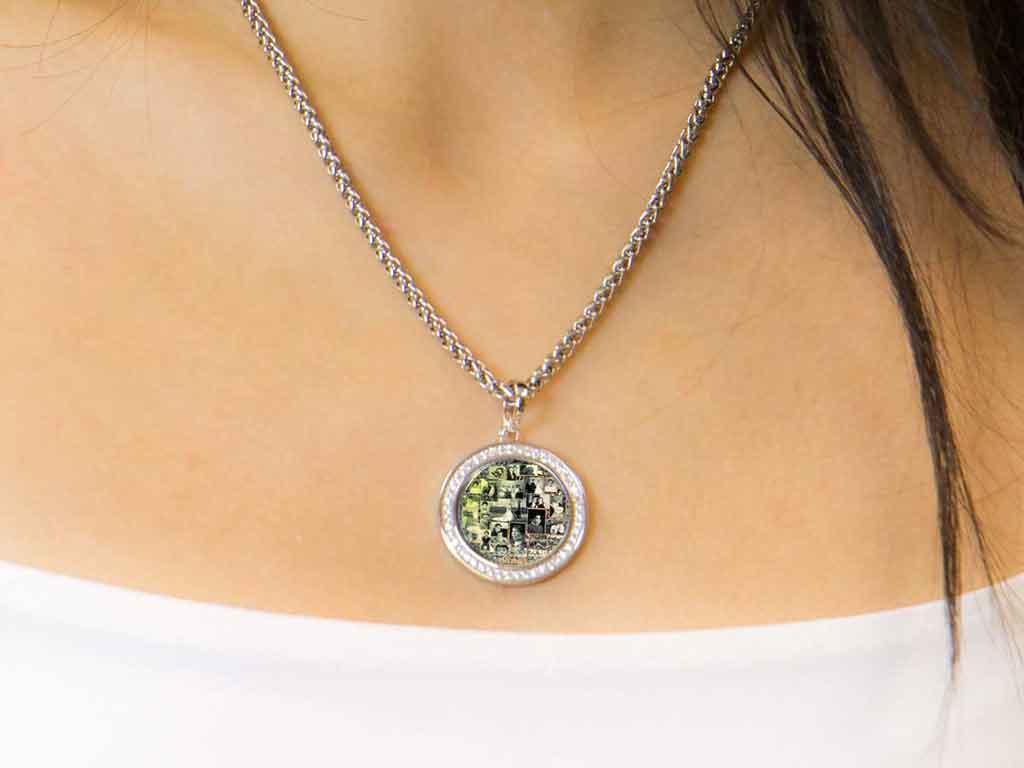
Space
Space and interplanetary travels are heating up but space is hard. Extreme heat and radiation creates havoc on information stored as digital.
NanoFiche® is resilient to temperature up to 2,200°F and impervious to radiation. Only optics and light are required for recovery and read back of the analog information.
Museums and Libraries
Precious collections of knowledge are in deteriorating states and will not last permanently. Worse many are being digitized for longer storage but digital is ephemeral and ironically will not outlast the original media.
NanoFiche® solves the migration issue by engraving information into inert metals that will last as long as the metal or 10,000’s of years.
Wearables
Each of us has our life’s story. NanoFiche® will preserve your sentiments, memories, photos, certificates – anything really, in a wearable medallion or pendant that will be both your personal treasure and your gift to future generations.
NanoFiche® Wearable can be your personal keepsake or it could be the most unique gift you have ever given.
